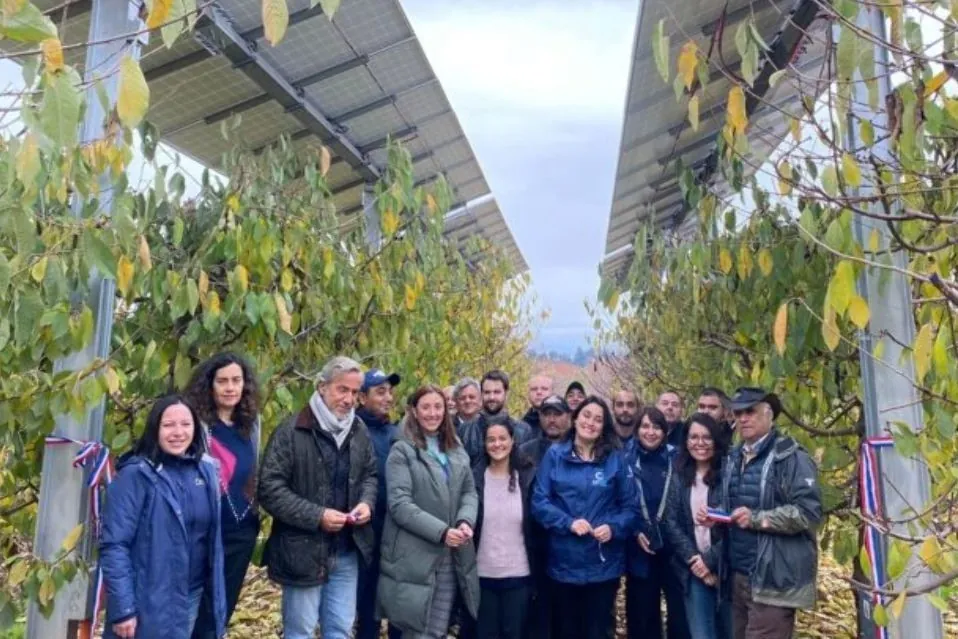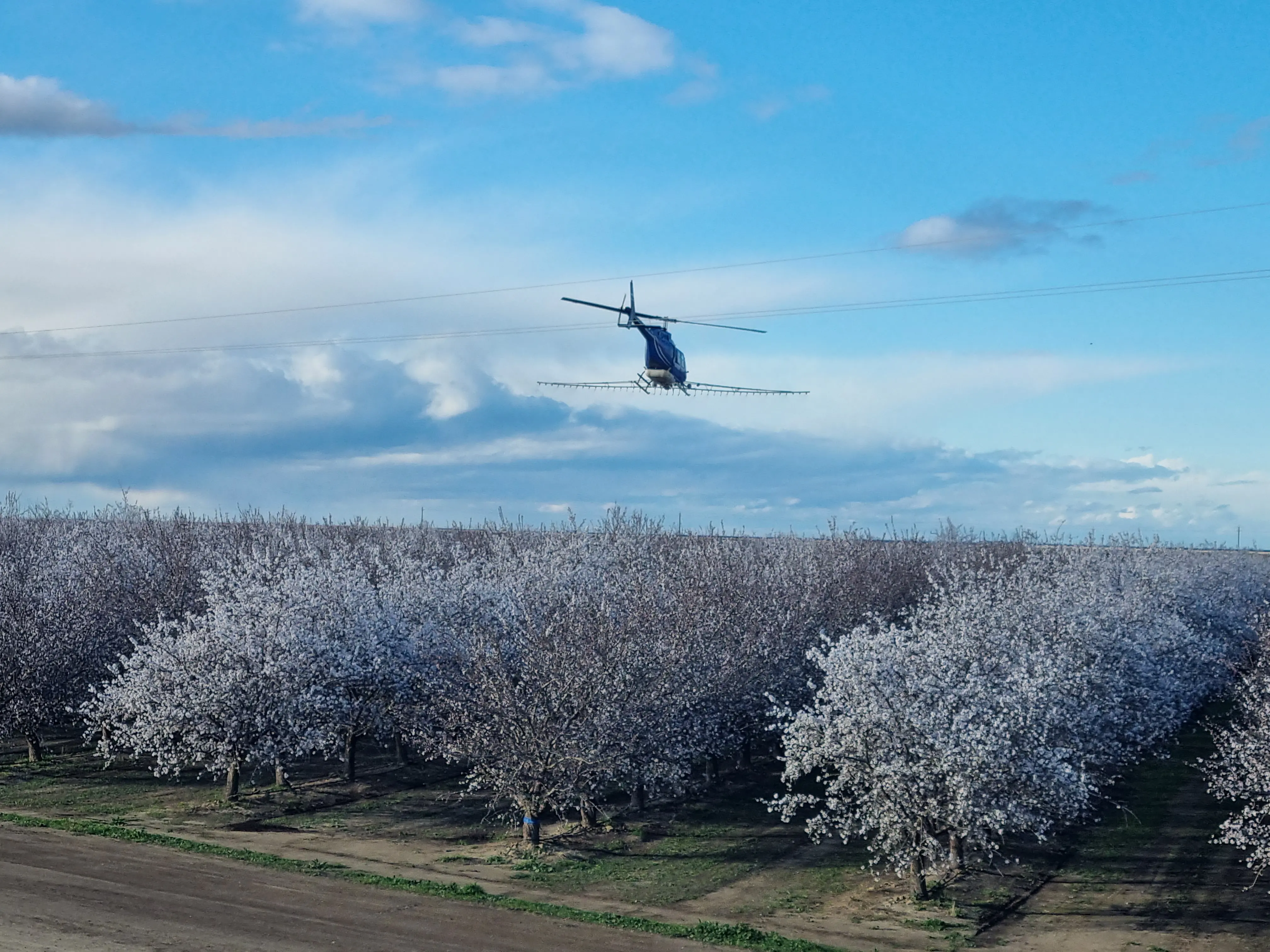The breakdown of the ship Maersk Saltoro on January 13, which was carrying more than five million crates of domestically grown cherries and had to postpone its scheduled arrival on the 20th, adds to the weeks of uncertainty experienced by the cherry industry in China.
The high concentration of fruit in the market has caused a significant drop in prices, compromising producers' profitability.
Concerns for producers
Situations like this keep domestic producers on alert, as they could suffer million-dollar losses if the situation does not improve in the short term, while the peak of the new edition of the traditional Chinese New Year develops.
Addressing these issues, Cristián Balbontín, a researcher at INIA Quilamapu, told Mundoagro that “there are various sources reporting projections on the cultivated area of cherry trees and, consequently, on the expected production in the coming years.
It is crucial to ensure that these cherries have the highest possible quality (color and size), as this translates into better prices.”
Storage and quality
For this reason, the researcher refers to the prolonged storage in refrigerated chambers and its effects on the fruit.
“Parameters such as firmness, color, and stem dehydration are fundamental for product acceptance in international markets.
Additionally, physiological disorders such as pitting (bruising), leathery skin, and internal browning can develop during prolonged storage, compromising fruit quality,” he stated.
Studies on storage
The researcher explained that, at the fruit quality laboratory of INIA, the impact of storage on cherry varieties cultivated in the Ñuble region has been studied.
“The studies analyzed storage periods of 10, 30, and 50 days, as well as shelf-life exposure ranging from two to six days.
In general, the longer the fruit is stored, the higher the incidence of disorders such as internal browning in Regina and Kordia varieties, while firmness loss is more pronounced in Santina and Lapins,” Balbontín stated.
Market expansion
Despite this, he emphasized that “the cherry supply will continue to grow, as the current market is large. However, if all the fruit arrives simultaneously, there is a considerable price drop.
This phenomenon affects all product categories: even if everyone produces high-quality fruit (mainly in terms of size), prices will still decrease.”
New strategies for quality
In this context, Balbontín highlights the importance of exploring new markets and distributing fruit further within China.
This aspect requires a deep understanding of the behavior of different varieties, as each may react differently to longer storage conditions.
Physiological disorders like leathery skin are common, and according to Balbontín, it is necessary to have preliminary knowledge of the most susceptible and the most tolerant varieties.
Climatic factors and research
“There are newly introduced varieties, which are very early in production, whose storage behavior still needs to be determined.
Even the growing regions influence their susceptibility. Excessively cold springs or heat waves can impact fruit growth.
These factors must be carefully studied because, for example, when the fruit is packed, it looks perfect, but when the Chinese buyer opens the container, they may encounter these problems: physiological disorders that cause a bad impression or loss of firmness.
For this reason, my recommendation is to deepen research and determine the optimal conditions,” the researcher told Mundoagro.
Management and collaboration
On the other hand, Balbontín stresses that managing availability and post-harvest behavior is essential to extend the marketing window.
“The diversity of growing areas results in fruit with different storage and transport potential. It is essential to conduct research to characterize production because, at the time of packaging, the fruit looks perfect. However, the duration of its ‘beauty’ depends on the conditions under which it was grown.”
Conclusions
Finally, he added that the quality of cherries is closely linked to the area and production zone: “Factors such as heat waves, rainfall, or harvest delays due to low spring temperatures can influence post-harvest storage potential.”
Issues like these must be considered to define future research directions.
For this reason, according to Balbontín, the key lies in the collaboration between researchers, producers, and exporters to optimize post-harvest practices and ensure that Chilean cherries maintain the success achieved so far.
Source: Mundoagro
Cherry Times - All rights reserved












